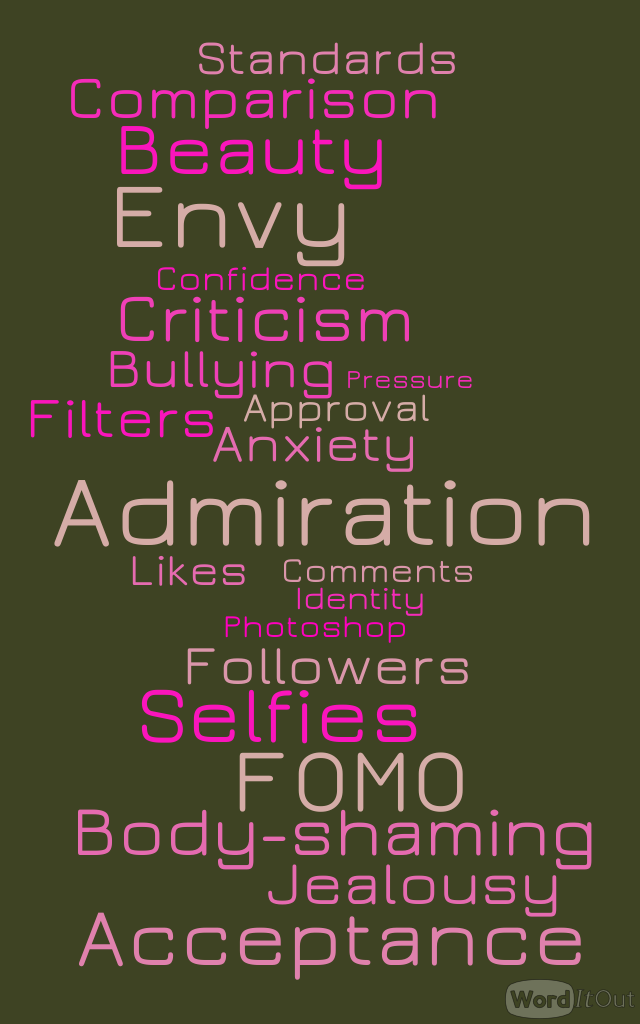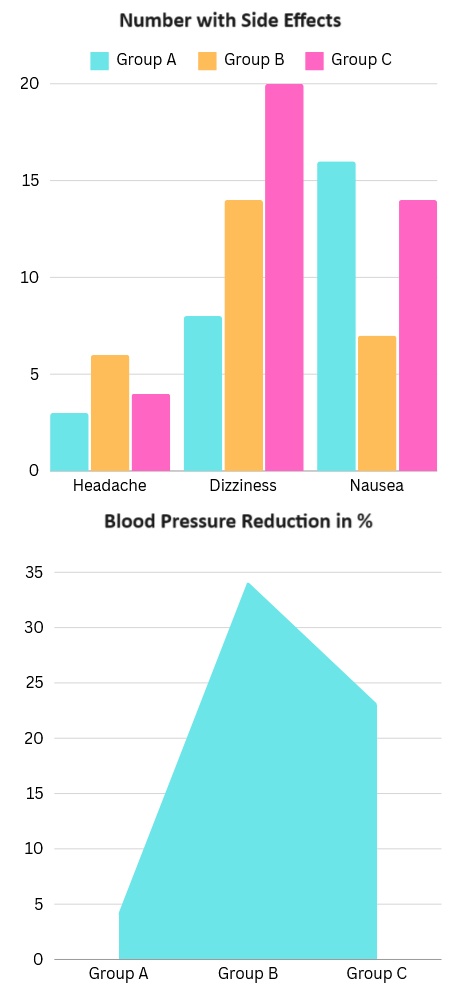Susan is writing a report about her job, but she isn't sure how to get the information and then report it back to her boss.

Both qualitative and quantitative research are useful, as they're designed to give you different perspectives on different types of information.
"Quantitative data can help you see the big picture," whereas qualitative data "adds the details and can also give a human voice" to your research reporting.
Let's look at how Susan could improve her reporting by using both quantitative and qualitative research.
So what's the difference between qualitative vs. quantitative research?
They differ in the types of data they collect and how they report that data.
Qualitative research collects subjective data such as images, words, experiences, and opinions.
Quantitative research collects numerical data and analyzes it using statistics and numbers.
 Image courtesy of Caroline Monahan through Creative Commons via expii.com. To hear an audio description of the image, click play on the audio player below:
Image courtesy of Caroline Monahan through Creative Commons via expii.com. To hear an audio description of the image, click play on the audio player below:
Quiz: qualitative vs. quantitative research data
Which scenario is most suitable for using qualitative research?
A. Understanding the experiences of immigrants in their new country.
B. Analyzing the impact of a marketing campaign.
C. Determining the average number of hours that employees work for a company
D. Measuring the effectiveness of new medications.
Quiz
Which scenario is most suitable for using qualitative research?
Qualitative vs. quantitative research methods
Because they deal with different types of data, they use different methods to collect information and allow you to ask different kinds of questions.

 Table created by author using Google Docs. To hear an audio description of the table, click play on the audio player below:
Table created by author using Google Docs. To hear an audio description of the table, click play on the audio player below:
Example of qualitative research
Research objective: Understand how social media usage affects the self-esteem of adolescents.
Example questions with a small group of adolescents between 12 and 18 who use social media:
What common experiences do adolescents have with social media use?
How do social media platforms affect adolescents' self-perception?
Data collection:
Interviews about social media habits, experiences, and perceptions of body image.
Focus group discussions to observe shared experiences.
The findings could be displayed in a word cloud.
 Word cloud created by author using Word It Out. To hear an audio description of the word cloud, click play on the audio player below:
Word cloud created by author using Word It Out. To hear an audio description of the word cloud, click play on the audio player below:
Example of quantitative research
Research objective: Evaluate the effectiveness of a new drug in lowering blood pressure.
Example questions with a group of 200 adults with hypertension:
How much does the new drug reduce blood pressure compared to a placebo?
How often do participants experience side effects by taking the new drug?
Data collection of times and levels of changes:
Blood pressure measurements before and after 8 weeks of treatment.
Side effects questionnaire collecting data on any side effects experienced.
Numeral findings can be displayed in graphs:
 Graphs created by the author using Canva. To hear an audio description of the graphs, click play on the audio player below:
Graphs created by the author using Canva. To hear an audio description of the graphs, click play on the audio player below:
Quiz
What other quantitative questions could be asked to evaluate this new drug?
Take Action

Learn more about qualitative vs. quantitative research:
Your feedback matters to us.
This Byte helped me better understand the topic.
